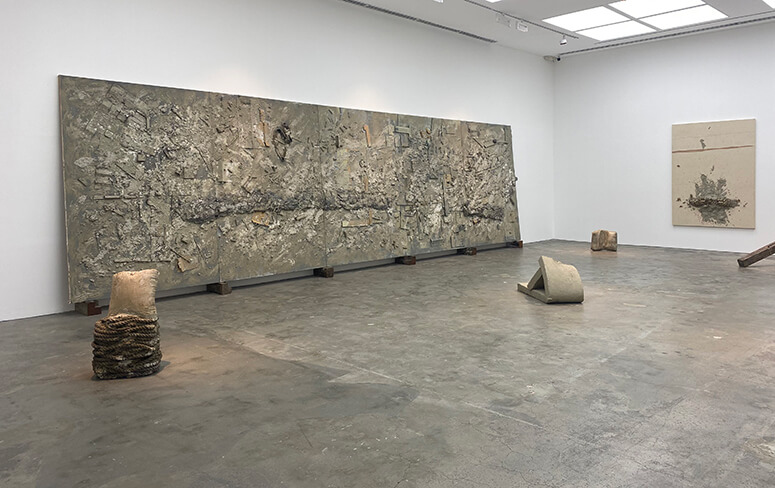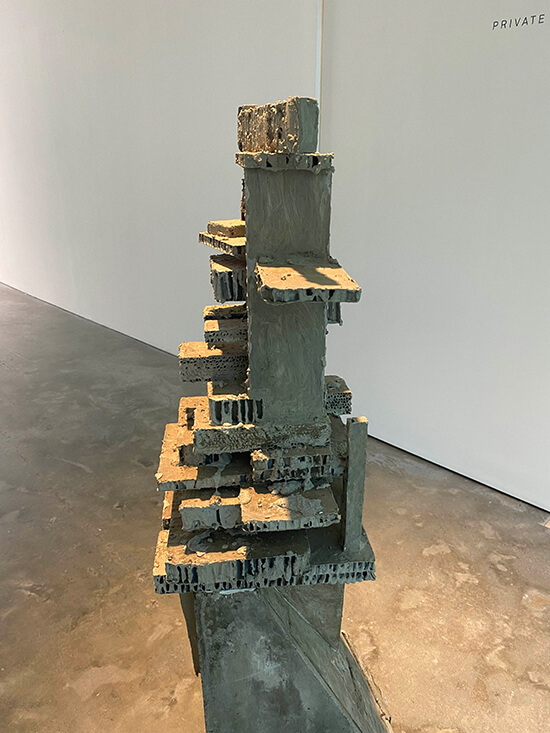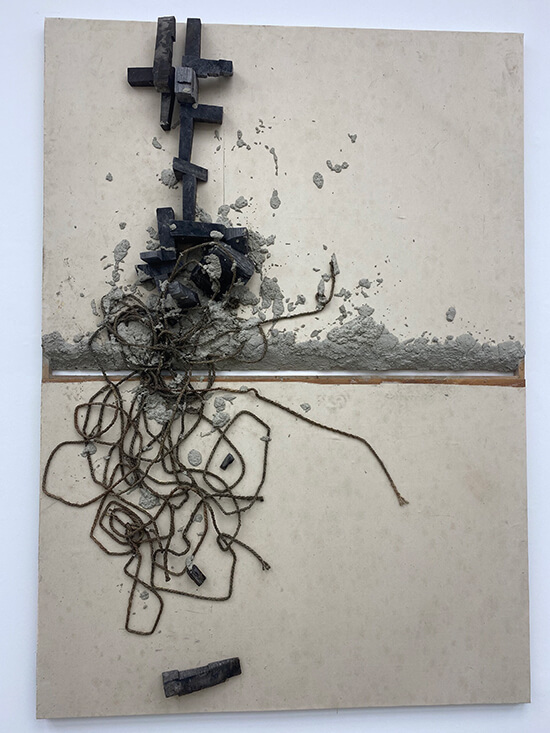Bernardo Pacquing’s gadgets of wonder
Difficult beauty, the English philosopher and political theorist Bernard Bosanquet declared in 1915 in his Three Lectures on Aesthetic, “simply gives you too much, at one moment, of what you are perfectly prepared to enjoy if only you could take it all in.” A man whose social life was dedicated to community work and political action (he was also married to the social theorist and reformer Helen Dendy), Bosanquet was intellectually impelled by the ability—and potency—of aesthetics to imagine a fundamentally different world, to strike at a “great nerve of humanity.”
This transformative approach to aesthetics asks us to forgo the comforts and banalities of convention and instead turn to works that inspire a difficult beauty. Bosanquet identified three attributes of difficult beauty: intricacy, tension, and width. He believed that this kind of beauty found in art provoked complexity, anxiety and immensity, “a sort of dissolution of the conventional world.” Looking intensely and intently at a thing, then, can reveal layers of recognition and awareness that are not usually available to us in human experience.

What results from this endurance? Bosanquet thought that art was an exercise in self-education, a series of teachable moments, and that the experience of a work of art was in itself both a pleasure and a freedom.
There is both pleasure and freedom to be found in the work of mixed media artist Bernardo Pacquing, albeit immersed beneath the rough structures of every day, craftsman materials. “Causal Loops,” Pacquing’s solo exhibition at Silverlens Gallery, is a showcase of sprawling assemblages, gritty and coarse textures that resemble ruins.

Spanning three years of rigorous invention, “Causal Loops” is an active investigation of Bosanquet’s concept of difficult beauty. Writer Josephine Roque describes Pacquing’s works in the same way in her exhibition notes: “…the difficult beauties composed of various mediums represent the strands of Pacquing’s art practice.” Throughout the show, Pacquing melds craftsman technique with a kind of machinist fascination for debris and worn materials. The austerity of cement, acting as his sculptural medium, acts as a foundation for structures that fold and unfold, iterate and reiterate over time.

The show’s centerpiece is a work titled “Lottery of Birth.” A huge, expansive canvas composed of cement mix across five panel boards, Pacquing’s piece is full of minute details and stray ephemera: cardboard, metal wires, and paintbrushes. These details coalesce into a structure akin to ruins, bristling with an enigmatic history and loaded with symbolic meaning.
Elsewhere in the show, Pacquing molds and layers concrete into intriguing forms. The “White Noise” series introduces miniature squares of wood, all of which are framed by or splattered in streaks of cement. These pieces alert us to Pacquing’s interest in scale, playing with contrast and tone, trippily messing with our gradations of curiosity.

The pieces I’m most enamored with, though, are a set of works collectively titled “What I Have Learned from my Paintings.” These pieces display a tinkerer’s fascination with all kinds of material, taking bits and pieces of fabric, wood, and metal to fashion some kind of alien gadget. In these works, Pacquing uses a wooden canvas as a springboard for simply going wild with invention: a messed-up rope spills over into a line of dried cement, tiny rectangles of wood form a tunnel, a piece of fabric dangles out as it ties together some strange contraption.
The title of these works is most telling of Pacquing’s eclecticism: to view these as extensions of Pacquing’s practice in painting, we are tasked with exploring how that medium influences the formations and fractures which undergird these structures. In its commitment to specificity and detail, and its wondrous display of various kinds of craftsmanship, “Causal Loops” takes us into a world bristling with the intricacy and potency of the best kind of difficult beauty.



